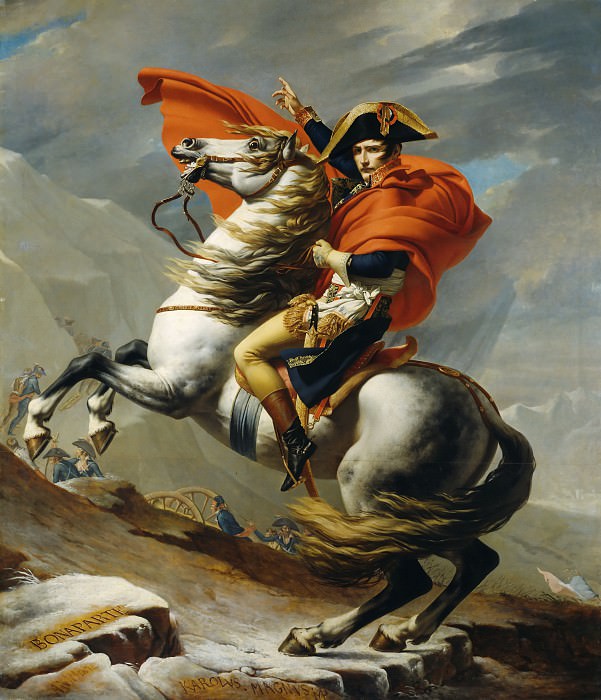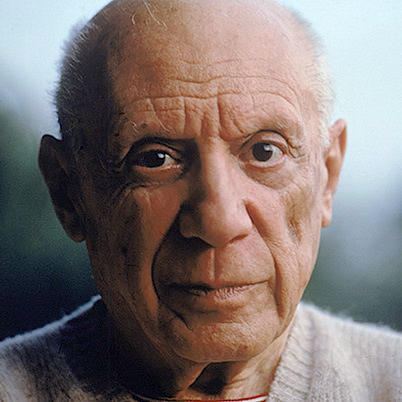The Enigmatic Genius of El Greco: A Journey Through His Art
Introduction
El Greco, born Doménikos Theotokópoulos in 1541 on the island of Crete, is a name synonymous with a unique and enigmatic style of art that has fascinated historians and art enthusiasts for centuries. His work, characterized by its dramatic use of color, elongated forms, and profound emotional intensity, breaks away from traditional conventions and has established him as a pivotal figure in art history. Despite his works being deeply rooted in the cultural and religious landscape of the Renaissance, El Greco's approach was distinctly innovative and ahead of his time.
The Early Years and Influences
El Greco’s early artistic development took place in his native Crete, which was then a Venetian possession. The island’s art scene was heavily influenced by Byzantine traditions, and El Greco’s formative years were marked by exposure to this distinctive style. His initial training involved studying the iconographic art of the Eastern Orthodox Church, which later informed his unique approach to religious subjects. In the late 1560s, El Greco moved to Venice, where he encountered the works of the Venetian masters, particularly Titian and Tintoretto. This period was crucial in shaping his artistic vision, as he absorbed the techniques of these influential figures while developing his own distinct style.
The Venetian Period and Artistic Transformation
In Venice, El Greco engaged with the Renaissance ideals of perspective and naturalism. Although he admired the works of the Venetian painters, he was also critical of their approach to color and form. His time in Venice allowed him to experiment with different styles, and he began to incorporate elements of Mannerism into his work. This period of his career was marked by a series of paintings that showcased his ability to blend Byzantine iconography with the dynamic compositions and vivid colors of the Renaissance.
The Spanish Period: Mastery and Innovation
El Greco’s move to Spain in 1577 marked a new chapter in his artistic journey. Settling in Toledo, he found a city that would become the heart of his artistic expression. The Spanish period of El Greco’s career is often considered his most productive and innovative. During this time, he produced a series of masterpieces that remain iconic examples of his artistic genius.
Toledo provided El Greco with the opportunity to experiment further with his style. The city's unique atmosphere and the profound religious fervor of the era had a significant impact on his work. El Greco’s paintings from this period exhibit a heightened sense of spirituality and drama, characterized by his use of elongated figures and bold color contrasts. His approach was deeply rooted in the spiritual and philosophical concerns of the time, which he expressed through his distinctive, expressive brushstrokes and dramatic compositions.
Thematic and Stylistic Innovations
One of the defining features of El Greco’s art is his unconventional approach to form and space. His figures are often elongated, with exaggerated proportions that create a sense of otherworldliness. This stylistic choice is not merely an aesthetic preference but a deliberate technique to convey spiritual and emotional depth. The elongated forms in his paintings suggest a transcendence beyond the physical realm, reflecting the artist’s interest in the mystical and divine.
El Greco’s use of color is another aspect that sets his work apart. His palette is marked by bold contrasts and a vivid, almost unnatural use of color that enhances the emotional intensity of his subjects. This use of color, combined with his dramatic compositions and distinctive brushwork, creates a sense of movement and energy that is both captivating and unsettling.
Notable Works and Their Significance
El Greco’s oeuvre includes a wide range of works, from religious altarpieces to portraits and landscapes. Among his most renowned works are "The Burial of the Count of Orgaz," "The Assumption of the Virgin," and "View of Toledo." Each of these paintings exemplifies his innovative approach to composition and color.
"The Burial of the Count of Orgaz," completed in 1586, is one of El Greco’s masterpieces and is often hailed as a prime example of his unique style. The painting depicts the miraculous burial of a nobleman, blending elements of the earthly and the divine. The dramatic contrast between the celestial and terrestrial realms is enhanced by El Greco’s use of elongated figures and vibrant colors.
"The Assumption of the Virgin" is another significant work, showcasing El Greco’s ability to convey a sense of divine ascent through his characteristic use of color and form. The painting depicts the Virgin Mary being lifted to heaven, surrounded by angels and apostles. The composition and the dramatic use of light emphasize the miraculous nature of the event, capturing the viewer’s imagination and conveying a profound sense of spirituality.
"View of Toledo," painted around 1596-1599, is notable for its departure from traditional landscape painting. Unlike typical landscapes of the period, El Greco’s depiction of Toledo is marked by a dramatic, almost surreal quality. The painting captures the cityscape in a way that emphasizes the emotional and atmospheric qualities of the scene rather than a realistic representation.
Legacy and Influence
El Greco’s influence extends far beyond his own time. Although his work was not widely recognized during his lifetime, he has since been celebrated for his originality and visionary approach. His art anticipated many aspects of modernism, and his influence can be seen in the works of later artists, including the Expressionists and the Surrealists.
In the 20th century, El Greco experienced a resurgence of interest, with many art historians and critics reevaluating his contributions to art history. His work is now recognized for its profound impact on the development of Western art, and he is celebrated as a pioneer of modern artistic expression.
Conclusion
El Greco’s art remains a powerful testament to the depth and complexity of human experience. His innovative approach to form, color, and composition has left an indelible mark on the history of art. As we continue to explore and appreciate his work, we are reminded of the ways in which art can transcend time and cultural boundaries, offering insights into the spiritual and emotional dimensions of the human condition. El Greco’s legacy endures as a symbol of artistic brilliance and a reminder of the transformative power of creativity.




